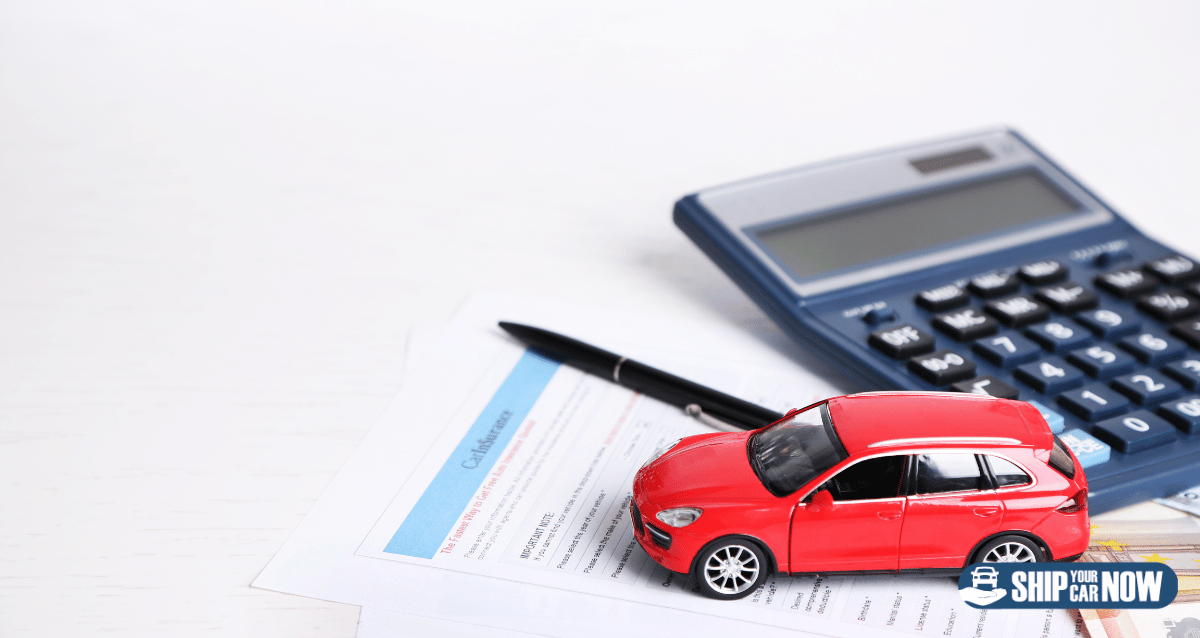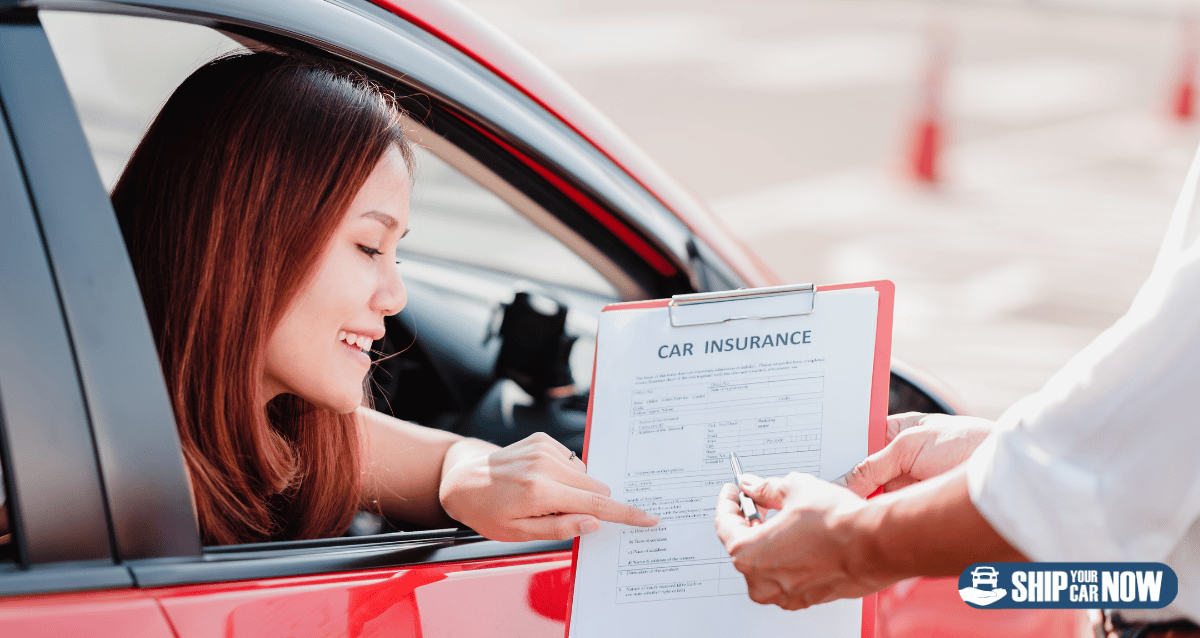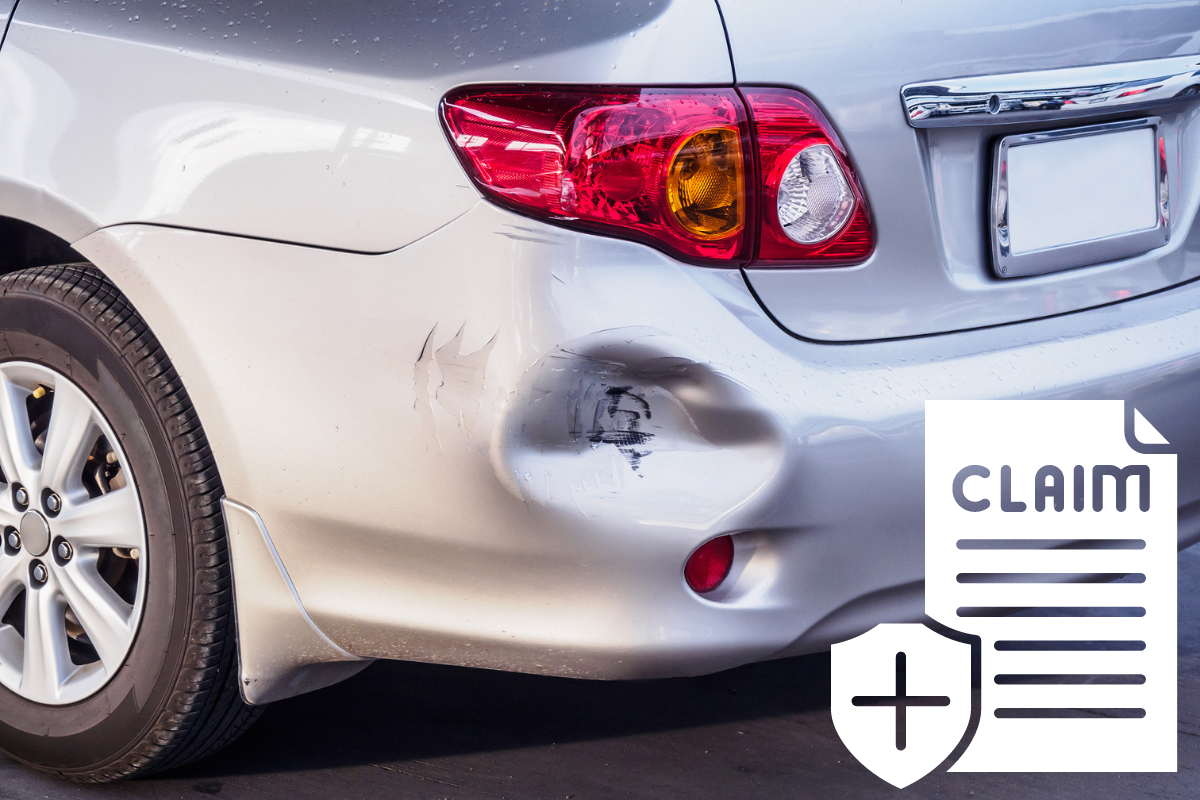Insurance is more than just a contract, it’s peace of mind. When shipping your vehicle, transport insurance is essential for protecting it during the journey. Whether you’re relocating across the country or shipping a cherished car, understanding how transport insurance works can save you from unexpected expenses and stress. This guide covers what transport insurance is, the risks it mitigates, and how to choose the right coverage for your needs for a streamlined car shipping process.
Key Takeaways
- Proper Vehicle Preparation: Before shipping your car, remove all personal items, document its condition with detailed photos, and thoroughly inspect it before signing the bill of lading. These steps ensure your vehicle is protected and you are prepared in case you need to file a claim.
- Choosing a Reliable Transport Company: Select a reputable transport company by verifying their insurance coverage, evaluating their reputation through reviews and references, and comparing quotes carefully. Avoid choosing solely based on price; prioritize companies that offer transparency, quality service, and comprehensive insurance.
- Filing a Damage Claim: If your vehicle sustains damage during transport, promptly inspect and document the damage, contact the transport company immediately, and file a detailed claim within the required time frame. Quick action and thorough documentation are crucial for a successful claim process.
Understanding Transport Insurance

Auto transport insurance acts as a safety net for your vehicle while it’s being shipped to another location. Whether you’re moving a prized vintage car, relocating your household, or transferring for work, it’s crucial to understand the details of car shipping insurance. This guide will help you grasp the essentials—how transport insurance works, the risks it covers, and what you need to consider to protect your vehicle during transit.
The Purpose of Auto Transport Insurance
During shipping, your vehicle faces various risks. Auto transport insurance provides protection against these risks, ensuring your car is safe during transit. Beyond offering protection, it’s also a legal requirement for auto transport carriers to have liability insurance that covers damages while your car is in their care. Choosing the right auto transporter isn’t just about meeting legal standards—it’s about selecting a company that prioritizes the safety and condition of your vehicle throughout its journey.
Key Risks in Car Shipping
When you hand your vehicle over to a shipping company, it becomes exposed to potential risks such as:
- Road Hazards: Damage from other vehicles or debris.
- Weather-Related Issues: Hail, storms, and other environmental factors.
While open carrier transport is more affordable, it doesn’t provide the same level of protection as enclosed transport. For high-value vehicles, the additional protection offered by enclosed transport might be worth the extra cost. However, it’s important to note that vehicle damage during shipping is rare, occurring in less than five percent of cases.
How Transport Insurance Works
Ok, so let’s take a long behind the curtain. Transport insurance typically involves three types of policies:
- Your Own Policy: May offer additional coverage during transport.
- Transporter’s Policy: Provides primary coverage for your vehicle.
- Broker’s Policy: Sometimes involved, depending on how the transport is arranged.
It’s crucial to understand what each policy covers, including any exclusions or limitations, and to verify if your personal auto insurance applies during transport. A comprehensive insurance option can cover risks like theft and natural disasters, though “Acts of God” are typically excluded. Always get proof of the transport company’s insurance policy and review it carefully to ensure your vehicle is fully protected during transit.
Types of Transport Insurance Coverage

Ever heard the phrase: “better safe than sorry”? Well, this couldn’t be more accurate. Your car is a major asset and the safety of that asset shouldn’t be put up to chance. It’s just not worth the risk. Insurance coverage can vary, typically including:
- Liability Insurance: Legally required and ensures damages caused by the transporter’s negligence are covered.
- Cargo Insurance: Provides detailed coverage for damages that might occur during loading, transit, or unloading. This includes incidents like theft and accidents.
- Additional Coverage Options: Such as GAP insurance, which can be invaluable if your vehicle experiences a total loss during transit.
Cost Factors in Transport Insurance

A few critical factors determine the cost associated with providing insurance coverage for your vehicle, including how far it will be transported, its current market value, and the specific type of insurance protection you opt for. It’s important not to cut corners on insurance just to reduce expenses. Instead, view choosing adequate coverage as an investment in your peace of mind.
- Distance and Route: Longer distances often reduce the cost per mile, but route complexity and journey duration also affect the overall price.
- Vehicle Value: High-value vehicles or those with expensive repair costs typically require higher premiums. The make and model of your vehicle are important considerations, as they influence potential repair or replacement costs.
- Type of Coverage: Liability, comprehensive, and collision insurance each offer different levels of protection and come with varying costs. For added peace of mind, consider GAP coverage, which provides extra protection for damage costs between $1,000 to $5,000. This coverage can increase your premium by about $50 to $100, but it’s worth considering for the added security.
Preparing Your Vehicle for Transport

Properly preparing your vehicle before shipping is essential. It not only streamlines the shipping process but also ensures compliance with your insurance coverage requirements. Think of it as laying the groundwork for a successful journey: if your vehicle is adequately prepped, it stands a better chance of arriving at its destination without issues. Moreover, being well-prepared will make it easier to handle any claims that may arise during transit.
Steps to Prepare Your Vehicle:
1. Remove Personal Items
Clearing your vehicle of personal items is more than just good housekeeping—it’s a crucial step for safeguarding your belongings and protecting your vehicle:
- Personal items are typically not covered by transport insurance, leaving them vulnerable to theft or damage.
- Removing all belongings minimizes potential losses and helps maintain the interior condition of your car.
- Secure any remaining objects, such as those in the trunk or cargo space, to prevent movement that could cause damage during transportation.
2. Document Your Vehicle’s Condition
Thorough documentation of your vehicle’s condition before transport is vital. Detailed photos and videos act as visual proof of your car’s state prior to shipping:
- Take time-stamped photos and videos from multiple angles, capturing any existing damage, including scratches, dents, or other marks.
- Ensure these records are clear and comprehensive, as they will be essential if you need to file a claim.
- Pair this documentation with the bill of lading to create a transparent record of your vehicle’s condition before shipment.
3. Inspect Before Signing the Bill of Lading
The bill of lading is a crucial document that serves as an official record of your vehicle’s condition when handed over to the carrier:
- Conduct a thorough inspection before signing the bill of lading, noting any existing damage.
- Make sure to document every detail, no matter how minor, on the bill of lading to safeguard your rights.
- Take additional photos, especially of the odometer, to ensure the reported mileage is accurate. This attention to detail can be critical in resolving any disputes that may arise.
Choosing a Reputable Transport Company

Selecting the right transport company is as important as choosing the right insurance coverage to protect your vehicle. The company’s reputation, licensing, pricing transparency, and provided insurance all contribute to a secure and satisfactory experience when shipping your vehicle.
Key Considerations:
1. Verifying Insurance Information
Ensuring your vehicle is shipped with the utmost care requires careful examination of the transport company’s insurance details:
- Request proof of the company’s current and adequate insurance coverage.
- Review their certificate of insurance to confirm it meets your coverage requirements.
- A reputable company will openly share this information, demonstrating their commitment to quality service and the protection of your vehicle during transport.
2. Evaluating Company Reputation
The reputation of a transport company is a strong indicator of the service you can expect:
- Check reviews and ratings on trusted websites to assess the company’s reliability.
- Ask for references and speak with previous customers to gain direct insights into their experiences.
- Consider how long the company has been in business and their connections within the transportation industry, as these factors often reflect their dedication to excellence and reliable service.
3. Comparing Quotes and Services
While cost is an important factor, it should not be the only consideration when choosing a transport company:
- Gather multiple quotes to compare services and prices.
- Look beyond the total cost to understand the level of service being offered, including customer support and any additional services.
- Be cautious of exceptionally low offers, which could hide substandard service or unexpected fees. Prioritize companies that offer a balanced combination of fair pricing and quality service.
Filing a Claim for Transport Damage

In the unfortunate event that your vehicle is damaged during shipping, it’s important to know how to proceed with filing a claim. Prompt action and thorough documentation will significantly streamline the process and increase your chances of a favorable outcome.
Steps to File a Claim:
1. Initial Inspection and Documentation
When your vehicle arrives, carefully inspect it against the records on the bill of lading:
- Use a detailed checklist during your inspection to ensure no damage goes unnoticed.
- Take time-stamped photos and videos of any new damage, as this documentation will be crucial for your claim.
- Perform a second inspection to check for hidden damage that may have been overlooked initially.
2. Contacting the Transport Company
If you discover any damage, follow these steps immediately:
- Contact the transport company’s customer service department as soon as possible.
- Provide them with comprehensive documentation, including photos and detailed descriptions of the damage.
- Act quickly, ideally within five days, to ensure a prompt response and resolution.
3. Submitting a Claim Form
To proceed with your claim, you’ll need to submit a claim form:
- The form should include detailed shipment information, affirm the carrier’s liability, and clearly state the compensation you are seeking.
- File the claim within the required time frame, typically 14 days, to comply with regulations such as those outlined in the Carmack Amendment.
ShipYourCarNow: Premium Vehicle Transport with Unmatched Security and Customer Support

Recognizing the importance of secure and reliable vehicle transport, ShipYourCarNow provides speedy and clear-cut services, ensuring that your automobile receives top-tier care from its esteemed car shipping carriers. We deliver a variety of choices, including direct delivery to your doorstep and protected enclosed transport options, all designed to make the experience of shipping your car smooth and devoid of any worries.
Should unforeseen circumstances arise, rest assured that our dedicated claim support is ready to assist you through every phase. Our commitment lies in keeping customer satisfaction at the forefront while safeguarding your vehicle throughout its journey.
Frequently Asked Questions
Is auto transport insurance required by law for all carriers?
Yes, all auto transport companies are legally required to carry liability insurance, which provides basic protection for your vehicle during transit.
What should I do if I notice damage to my vehicle after it’s been shipped?
Should you detect any damage to your vehicle following its shipping, ensure you capture the damage comprehensively with photographs. Next, scrutinize this evidence alongside the bill of lading and initiate communication with the shipping company to notify them about the problem and commence with the claims procedure.
Can I ship personal items in my vehicle during transport?
If you’re asking yourself if you can ship personal items in your vehicle, it is advised for you to clear out any personal items since they fall outside the protection of the carrier’s cargo insurance before shipping your car.
To ensure the safety and security of your belongings, it is advisable to keep them with you.
How does the value of my vehicle affect transport insurance costs?
Insurance costs for your transport are directly influenced by the value of your vehicle. As the value of a vehicle rises, so may the associated insurance charges, owing to the heightened likelihood of incurring more substantial repair or replacement expenses.
What is GAP insurance, and should I consider it for transporting my vehicle?
Certainly, it is advisable to get GAP insurance for your vehicle during transport, particularly if the vehicle is newer and holds a significant value. This type of insurance is designed to cover the shortfall between the actual value of your car and any outstanding loan balance in the unfortunate event that your vehicle experiences a total loss while being transported.






